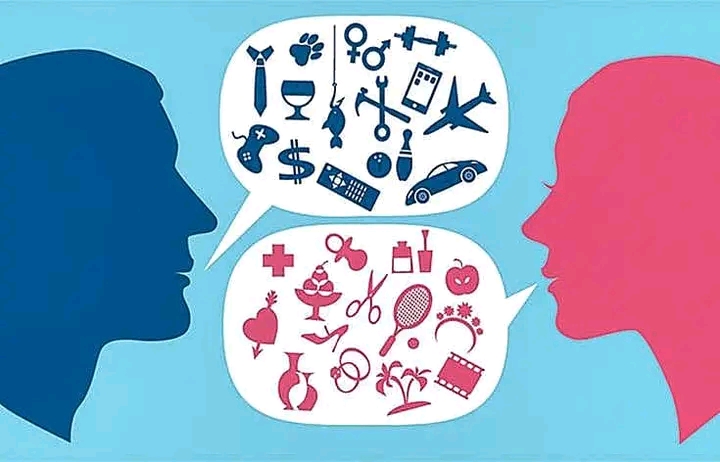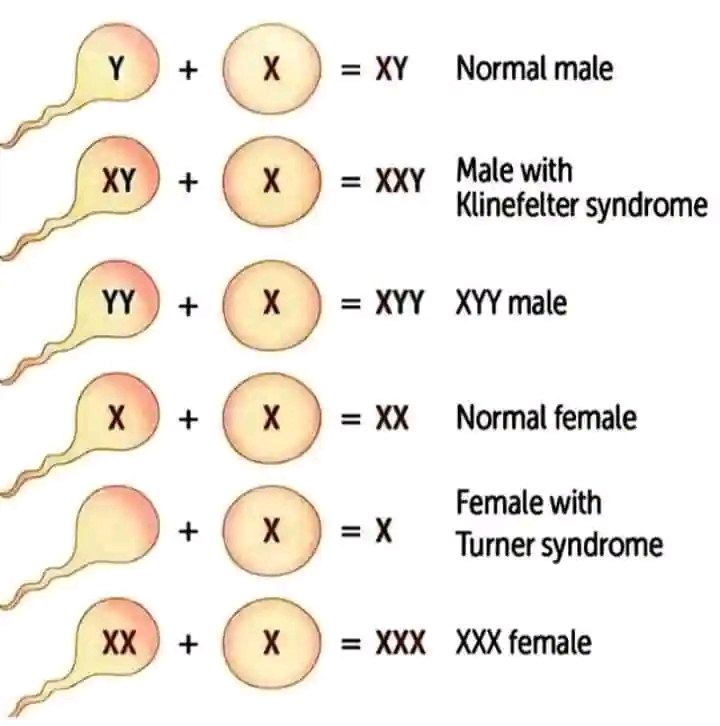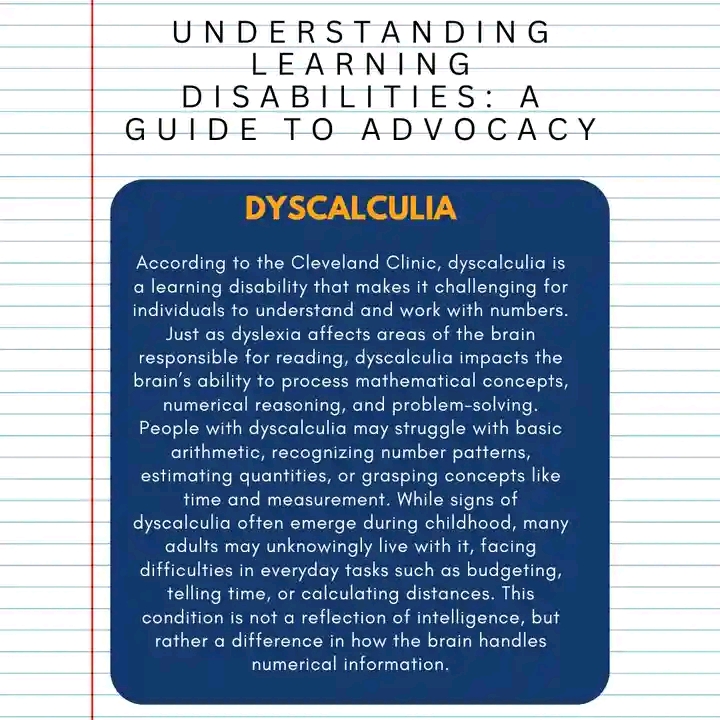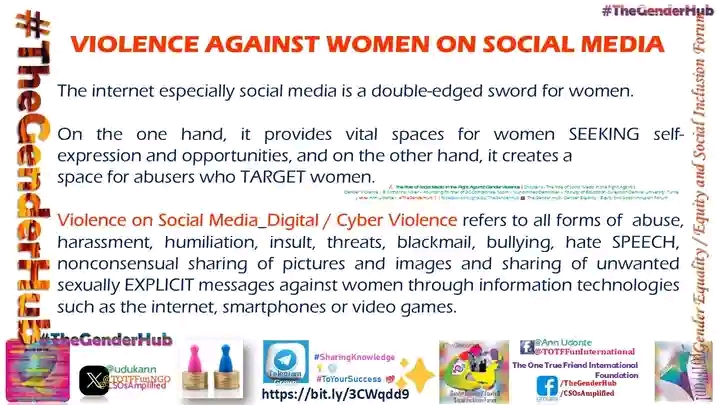Gender differences when it comes to emotions
Gender differences when it comes to emotions.
What Are Gender Differences When It Comes To Emotions.
Gender encampasses roles, behaviour and identities that a given culture considers appropriate for males and females(Lippa,2005).On the other hand,gender differences refers to psychological and biological distinctions observed between males and females.Emotions refers to stirred-up or aroused state of an individual that involves physical, physiological, psychological, situational and habitual factors.Examples of emotions include fear,anger, anxiety and joy.Emotions have various effects on human beings including: source of motivation, production of alertness and interest,causing insomnia and they lead to decline in performance.Emotions can differ in gender in the following ways:
Emotional Expressions.
Emotional expression refers to the ways of showing and conveying emotions.It can be done in various ways for example facial expressions,body language and gestures.Studies have found that both men and women experience similar intensity of emotions such as fear, anger, pleasure, frustration and happiness but their way of expressing these emotions differ(Deng Y,Chang L,Yang M,2016). When both genders are exposed to anger inducing clips and videos(stimuli),women report high levels of emotional expressivity while men exhibit more intense physiological responses.In an experiment conducted by Deng Y in 2016 where heart rates were recorded after exposing males and females to various videos clips with different emotions found that:
-Women showed high levels of arousals compared to men when they were exposed to anger and amusement video clips.Therefore, women expressed the negative emotions strongly compared to men.
-There was no gender difference when they were exposed to surprising video clips.
Emotional expression helps creating a good mental health free from stress, depression and anxiety.
Emotional Regulation.
Emotional regulation refers to the way of managing emotions.It can be done using various techniques such us relaxation techniques, practicing mindfulness, seeking social support, problem focused coping and emotion focused coping.Females are emotionally aware, engage in emotional education and awareness,they express their emotions openly and use adaptive methods of coping with emotions.They seek social support and professional support like counselling.However,men suppress their emotions majorly sadness and anger,use ineffective defense mechanisms such as displacement to cope with emotions,use maladaptive methods of coping with emotions such as avoidance, substance abuse and problem focused coping like distractions(Agneta Fischer,2000). Emotional regulation is important because it helps us to maintain a balance and stability.This balance helps us in effective problem solving and decision making.
Hormonal Differences And Influence On Emotions.
The androgens which are produced by the gonads includes testosterone, progesterone, oestrogen and oxytocin.Testosterones are male hormones while oxytocin, oestrogen and progesterone are female hormones.Oestrogen, progesterone and oxytocin are linked to virtues like nurturing and empathy while high levels of testosterone are linked to aggression,anger,anti-social behaviours,schizoid personality,schizotypal personality disorders and reduced emotional expressiveness(Nick Neave,2008). Therefore,men are likely to be linked with emotions such as anger, aggression, frustrations and amusements while women are likely to be linked with emotions such as happiness,joy,pleasure and excitement.However, some studies posits that fluctuations in the female sex hormones (progesterone and oestrogen) mostly during menstrual cycle can induce negative emotions such as anxiety, irritability and depression(Louann Brizendile,2006). Hormones serve role in determining our emotions therefore we get motivated when on a good mood(hormone progesterone) or demotivated when on a bad mood(high levels of hormone progesterone) for example during menstrual cycle some women tend to have instability in emotions.
Emotional Contagion.
Emotional contagion refers to the phenomenon at which individuals unconsciously mimic or copy the emotions of others for example when in a class and your deskmate is very unhappy or sad, you may find yourself being unhappy too.It happens unconsciously that is,it happens without us knowing.Women tend to have high levels of emotional contagion as compared to men.This maybe due to high levels of socialisation with significant others including friends,peers and workmates.In addition to that, studies have shown that women engage in social support systems than men.Men score low in emotional contagion and this maybe due to low levels of socialisation and interactions with others with significant others (William D,1995).With high levels of emotional contagion, women are likely to easily experience both positive and negative emotions as compared to men who experience emotional contagion more slower.Emotional contagion is very fundamental in that,it strengthen social bonds,enhances adaptability to the various environments, enhance individuals relationships, promote good leadership and behaviour and have an impact on our overall mental health for example sitting next to a happy person can motivate you to engage in a positive task.
Social and Cultural influences.
Social and cultural influences of emotions refers to actions reinforced by culture and social institutions like media, family, peer groups and workplaces which make our emotions to differ from one another.It is highly accelerated by agents of socialisation that we have.In most western and eastern societies,boys are taught to be tough and independent while girls are taught to be empathetic and nurturing.Toughness is associated with emotions like anger and these boys will grow to men with anger.Empathy is linked to emotions like love, happiness and pleasure, therefore girls grow to women who expresses these emotions.Socially,in the workplaces, women who are leaders and expresses anger are considered over-emotional.They are expected to be cool and calm while men who are leaders and expresses the emotion of anger are considered normal.Last but not least,the media plays a crucial role in creating emotional differences between genders.During advertisement, the media advertise using photos of huge and well built gigantic men.Gigantism is associated with anger.When advertising about women products, the media uses a nurturing woman.Nurturing is linked to love and joy.Through social learning the citizens or the public will learn the behaviours displayed on media and adopt them in day to day lives (Agneta Fischer,2000). Cultural and social influences on emotions is important since it enhances our cultural diversity,respecting other peoples culture as well as making our country a more interesting place.
Conclusion.
These gender differences when it comes to emotions plays very fundamental roles in understanding and assessing emotions of people of different genders in a particular setting.Other studies have opposed that gender differences do not play roles in determining emotions of a particular gender.Instead, factors like education can reinforce acceptable emotions to children and religion plays a vital role in nourishing spirits and beliefs therefore reinforcing acceptable emotions.On the other hand,poor upbringing and parenting styles like neglectful parenting style and insecure attachments reinforce unacceptable emotions such as fear,anger, aggression and anxiety(Gina Rippo,2019).
References.
Lippa,R.A.(2005).Gender,nature and nurture.Lawrence Erlbaum Associates.
Deng,Y.,Chang L.,Yang,M.,Hugo M.,&Zhou,R.(2016)Gender Differences in emotional response.Oxford University Press.
Fischer,A.H.(2000).Gender and emotions.Cambridge University Press.
Doherty,W.,et al.(1995).Gender and occupational differences.Oxford University Press.
Rippo,G.(2019).Anger and aggression.Oxford University Press.


















